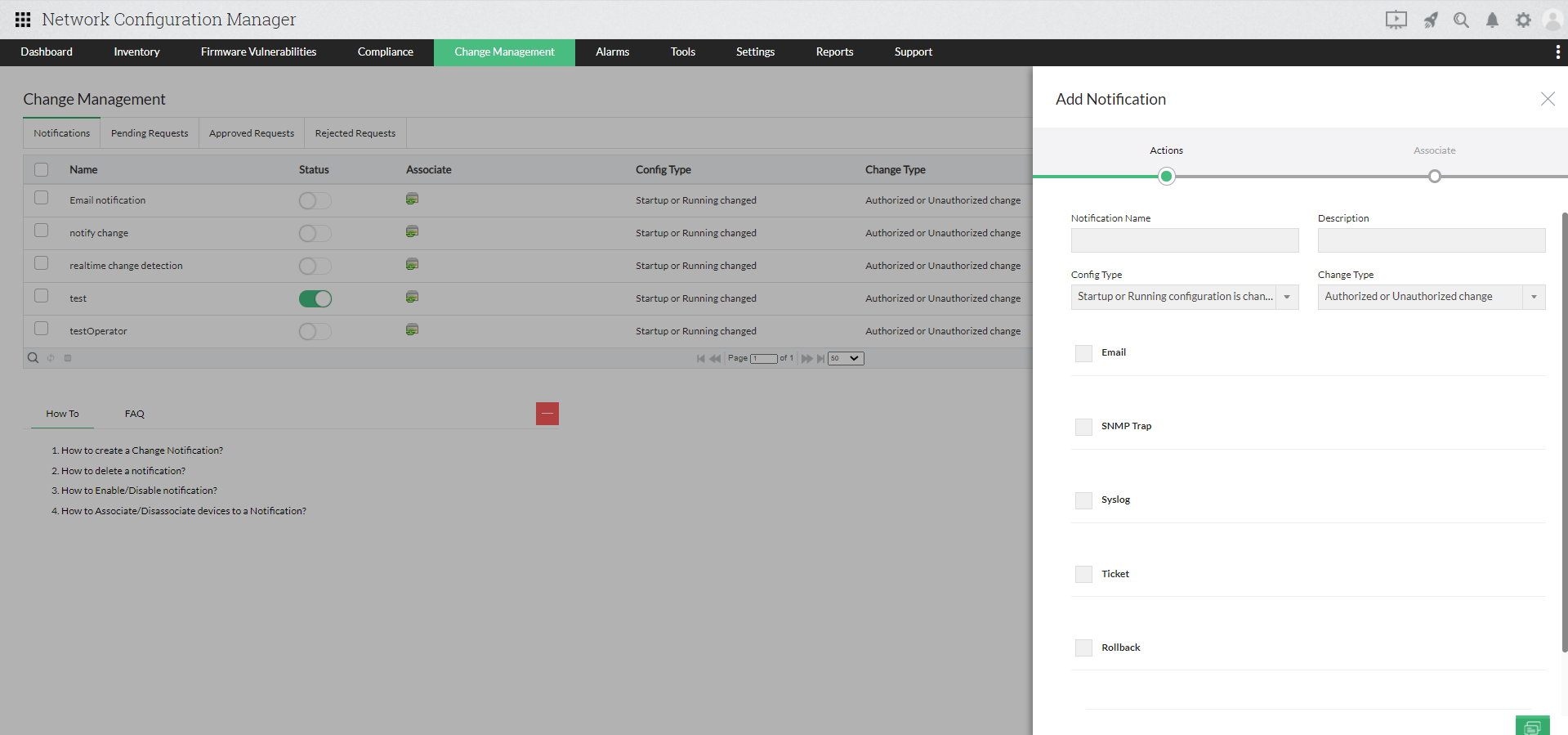The 15-Second Trick For "Python Network Programming: An Introduction to Socket Programming"

Python scripting can be a strong resource for automating system tasks. Along with Look At This Piece -to-learn syntax, broad assortment of public libraries, and cross-platform being compatible, Python is an perfect choice for network hands free operation. In this article, we'll discover how to automate network activities along with Python scripting.
To begin with, allow's take a appearance at some typical system computerization jobs that can easily be automated along with Python scripting:
1. Arrangement control: Automating the method of setting up switches, modems, and other networking tools.
2. System screen: Automating the procedure of tracking system functionality and alerting when problems arise.
3. Surveillance monitoring: Automating the procedure of handling safety and security policies and executing access commands on system devices.
Currently that we possess an understanding of some popular system automation tasks, allow's jump in to how to utilize Python scripting to automate them:
1. Setup Management
To automate setup management along with Python scripting, we can easily make use of libraries such as Netmiko or Paramiko to hook up to networking units over SSH or Telnet and implement order or submit arrangements. For example:
```
import paramiko
ssh = paramiko.SSHClient()
ssh.set_missing_host_key_policy(paramiko.AutoAddPolicy())
ssh.connect('192.168.1.1', username='admin', password='password')
stdin, stdout, stderr = ssh.exec_command('show user interfaces')
print(stdout.read().decode())
sftp = ssh.open_sftp()
sftp.put('config.cfg', '/path/to/config.cfg')
```
This code links to a gadget at IP address 192.168.1.1 using SSH along with the qualifications admin/password and implements the order "show interfaces". It then publishes the setup report config.cfg making use of SFTP.
2. Network Monitoring
To automate network screen along with Python scripting, we can easily utilize public libraries such as Scapy or Pyshark to record packages on the cable and analyze their contents for functionality metrics or protection celebrations. For instance:
```

import pyshark
capture = pyshark.LiveCapture(interface='eth0')
for packet in capture.sniff_continuously(packet_count=10):
if 'HTTP'inpackage:
print(packet.http.user_agent)
```
This code grabs 10 packages on the eth0 interface and prints the customer representative of any HTTP packets that are recorded.
3. Security Management
To automate security management with Python scripting, we can use libraries such as Nornir or Netmiko to enforce safety and security policies on networking tools or analyze logs for safety and security celebrations. For example:
```
coming from nornir bring in InitNornir
from nornir.plugins.tasks.networking bring in netmiko_send_command
nr = InitNornir(config_file='config.yaml')
result = nr.run(task=netmiko_send_command, command_string='show ip access-lists')
for lot, output in result.items():
print(host,output.result)
```
This code utilizes the Nornir library to attach to a team of networking devices described in a YAML setup data and perform the order "reveal ip access-lists" using Netmiko. It then prints the outcome for each bunch.
Verdict
Python scripting is a strong tool for automating system jobs. Through leveraging collections such as Netmiko, Paramiko, Scapy, Pyshark, and Nornir, we may automate usual system automation jobs such as arrangement control, network display, and security monitoring. Along with its easy-to-learn syntax and vast array of collections available, Python is an ideal choice for network hands free operation.
